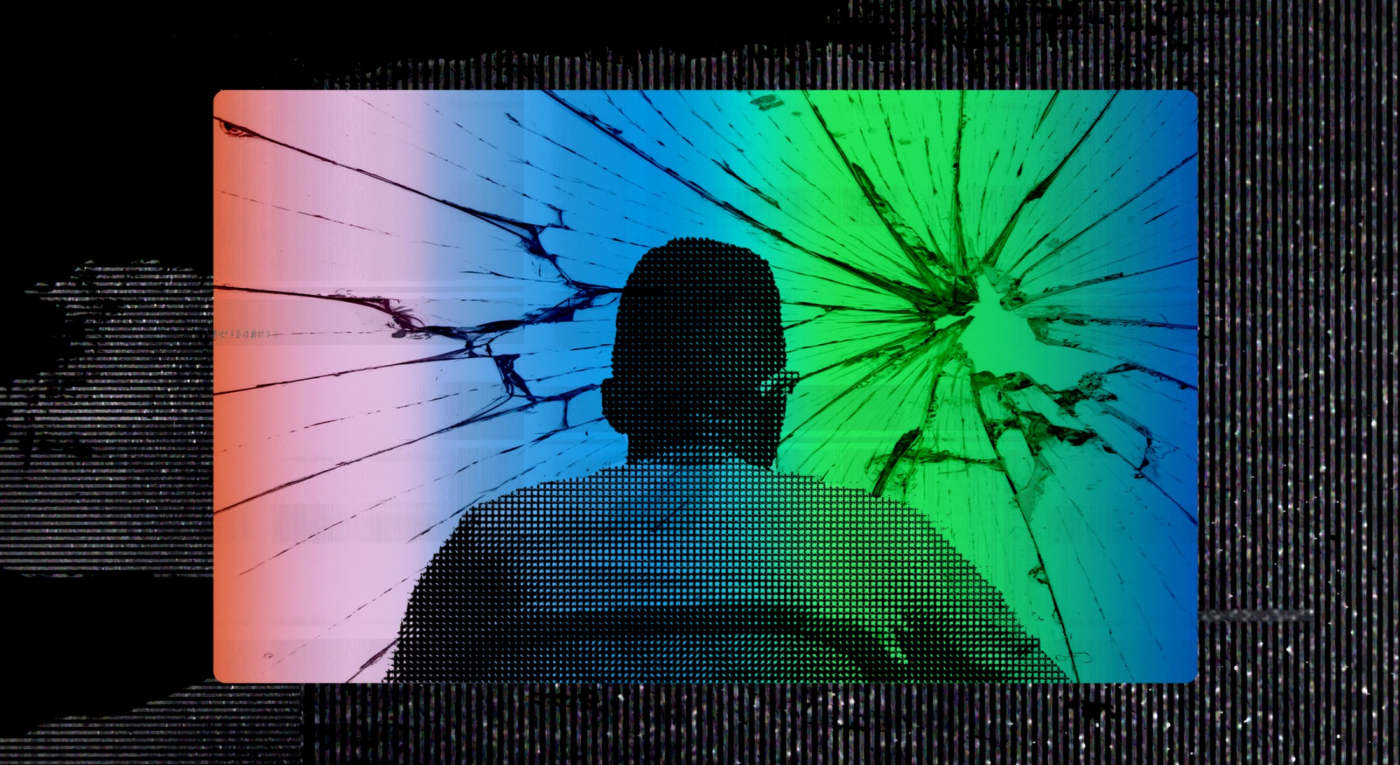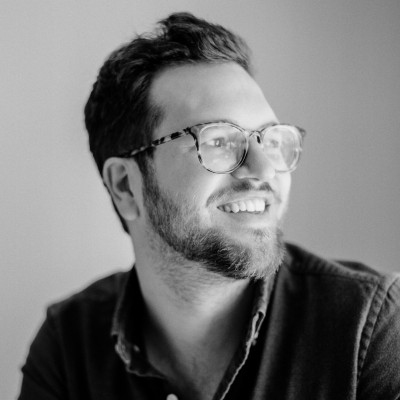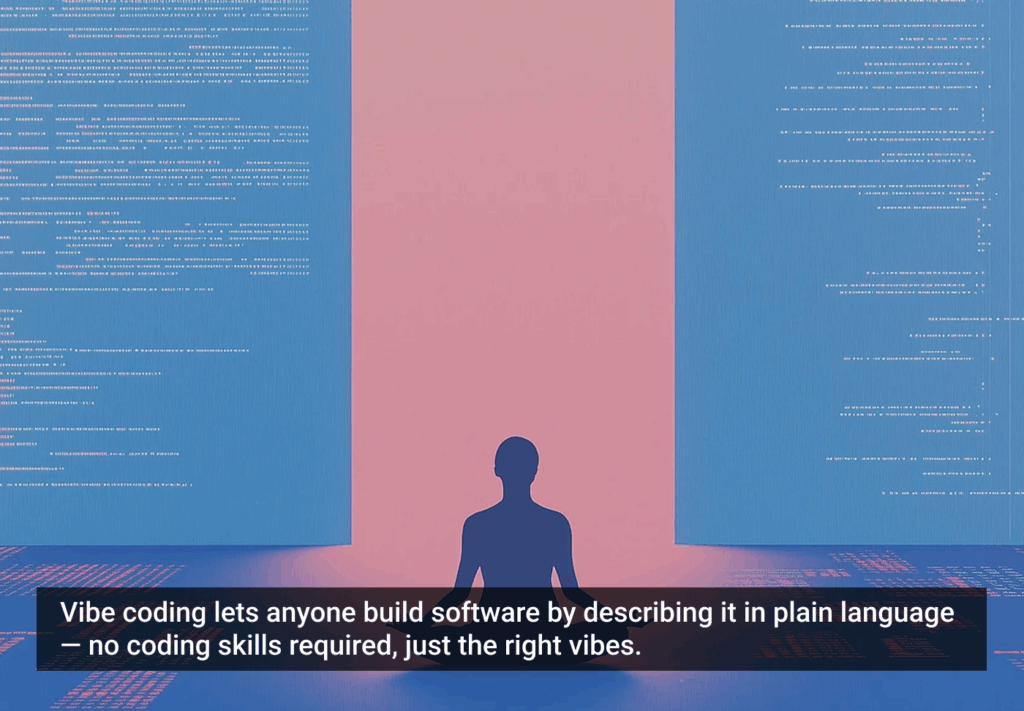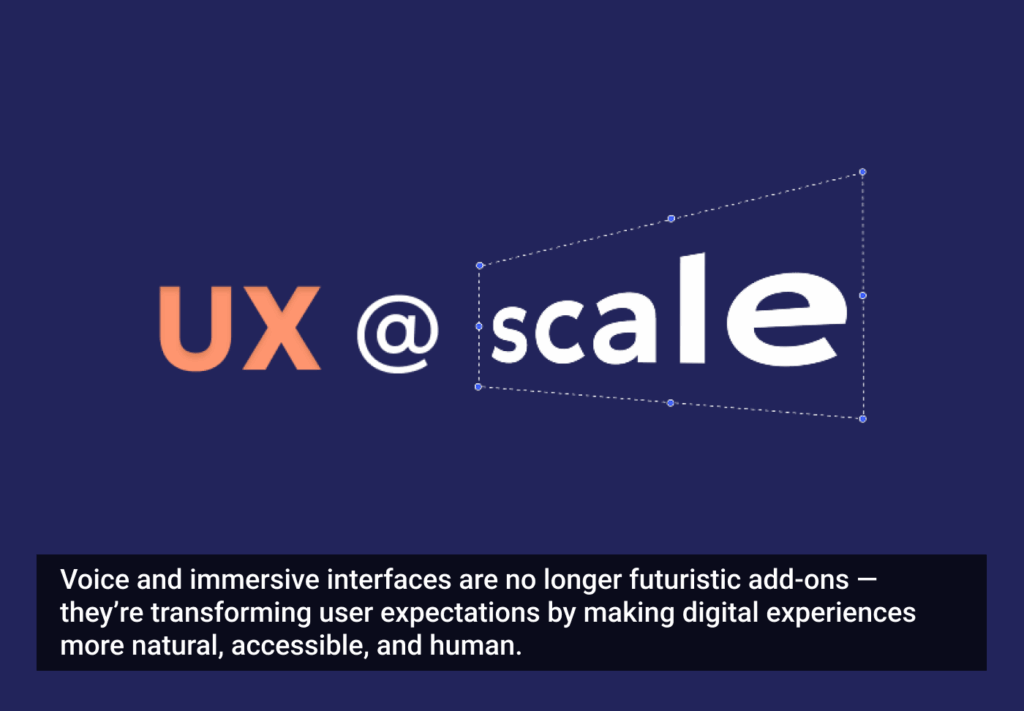I’ve always been an anxious person. As a kid, I vividly recall finding new things to fear or lose sleep over. Even then, I thought it must be a phase. As a child, it was rationalized as irrational fear. Primetime news shows like Dateline and 20/20 planted in my brain that it was only a matter of time before an armed intruder killed me. I remember my nightly checks making sure every door/window in the house was locked. Then there was the fear of house fires. Maybe if I was prepared enough or performed my rituals just right before bed, my house would be spared. As a teenager, my fears were considered to be a product of raging hormones and angsty emotion bubbling up into panic attacks and bouts of depression. However, as an adult, anxiety continued to follow me with no helpful explanation.
In 2018, I was diagnosed with Generalized Anxiety Disorder (GAD), an alarmingly common mental illness. With this diagnosis, the puzzle pieces of my youth began to form a more coherent image. GAD is a fancy medical term for anxiety that gets in the way of your everyday life. Sufferers commonly have persistent and uncontrollable worry about ordinary situations. It can manifest as a constant sense of dread much more visceral than your daily ebbs and flows. In my lived experience, it’s utterly numbing. GAD often made it nearly impossible to enjoy much of anything, including the things that I loved most: my family, community, and work.
What’s astounding to me is that my story isn’t at all unique. When I share this journey with other designers, I hear countless anecdotes of similar struggles. And it doesn’t just stop at our industry. When I dig a little deeper to evaluate anxiety at a national and global scale, I see that this story is echoing from every corner of our shared lives.
According to the Anxiety and Depression Association of America (ADAA), anxiety disorders are the most common mental illness in the US, affecting 40 million adults ages 18+ every year, or 18.1% of the population. Zooming in further, GAD itself affects around 6.8 million adults in the US, or 3.1% of the population.
And anxiety isn’t just a problem here in the US. According to the World Health Organization, 1 out of every 13 people suffer from anxiety worldwide, making it the most common mental disorder, with about 600 million people experiencing the illness, or roughly 7.6% of the world’s population.
These figures have likely grown as humanity navigates its way through the global pandemic. Only time will tell the toll this historic event will take on our collective psyche.
Whew. Take a cleansing breath.
(I intentionally crammed all of the depressing figures into three paragraphs.)
Back to it.
We’ve got a clear problem at a global scale. It’s a complex issue with countless variables. However, we have to start asking ourselves: How has the designed world contributed to this worldwide epidemic?
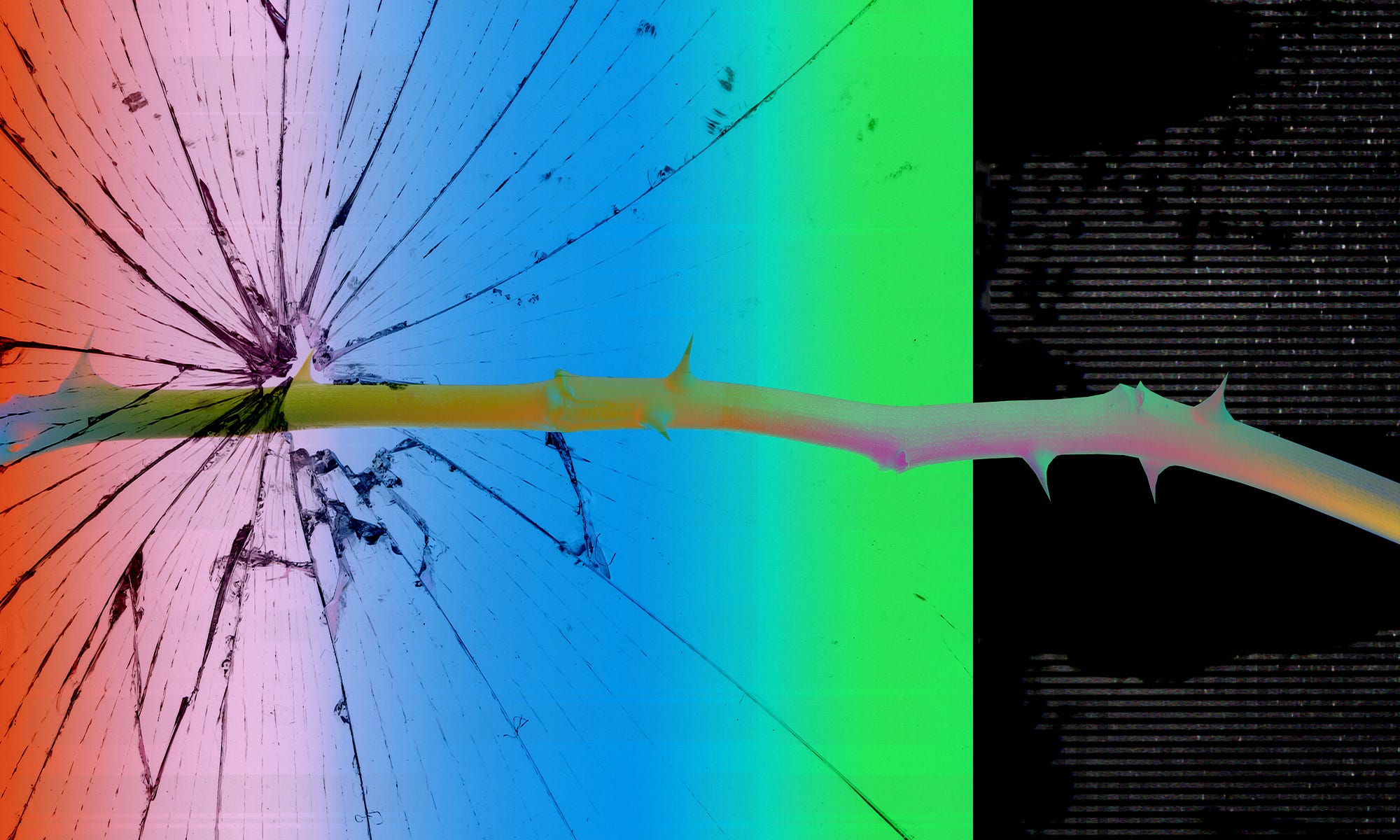
The Anxiety of Design
When you stop and think, it makes good sense why design as a practice can be anxiety inducing. As practitioners, we’re often asked to lean into problems, evaluating every last nuance of users’ struggles. If we’re not careful we can empathize to the point of internalizing these challenges. Naturally we share these burdens in the spirit of designing real solutions; however, it’s in this noble endeavor that things can get quite personal.
I used to see my anxiety as simply a curse. It was destructive, cold, and numbing. Now, I’m able to also view it as a coexistent gift. It’s an opportunity to unlock an entirely new vantage point in my work. I find myself asking the deeper questions like, “How do those struggling with mental illness engage with the work I create?”
It would be foolish to think that the rise in mental illness is caused by technology alone. But it would be equally foolish to think that the products and media we create have no role in the epidemic. There’s a deafening reverberation of discourse desperately searching for who to blame. Is the guilty party the designer or the user?
The truth is we’re both to blame.
It’s Complicated
As designers, we make and consume media. To simply blame either the designer or the user for modern anxiety would not just be lazy but also dangerous. We have to transform our own personal battles as designers into empathy for our users. Anxiety made me want to isolate myself, but it was community that I needed to assure myself that I wasn’t alone.
Users are often preyed upon under the guise of connection. We flock to platforms full of faces where we make thousands of abstracted interactions with others. As designers, we love the idea of creating products that connect people. What we fail to acknowledge is that maybe all this time in front of screens is part of the problem. Maybe rather than devising more ways for users to connect online we could create more opportunities for healthy living offline. Admittedly, this approach is often more difficult, time-consuming, and relational. Designing for human health and flourishing will necessarily stretch our imagination and service design skills.
When it comes to having a complicated relationship with technology, I’m chief among sinners. This has led me to spend a great deal of time and energy thinking about responsible technology. Most of this wrestling has been focused on the role of the designer in creating humane tools for others to interact with. However, I would be a fool to think that my reasoning exists without blindspots.
What are we missing by not looking closely enough at the reflection in our screens? If we became more than our avatars, would we be less anxious?
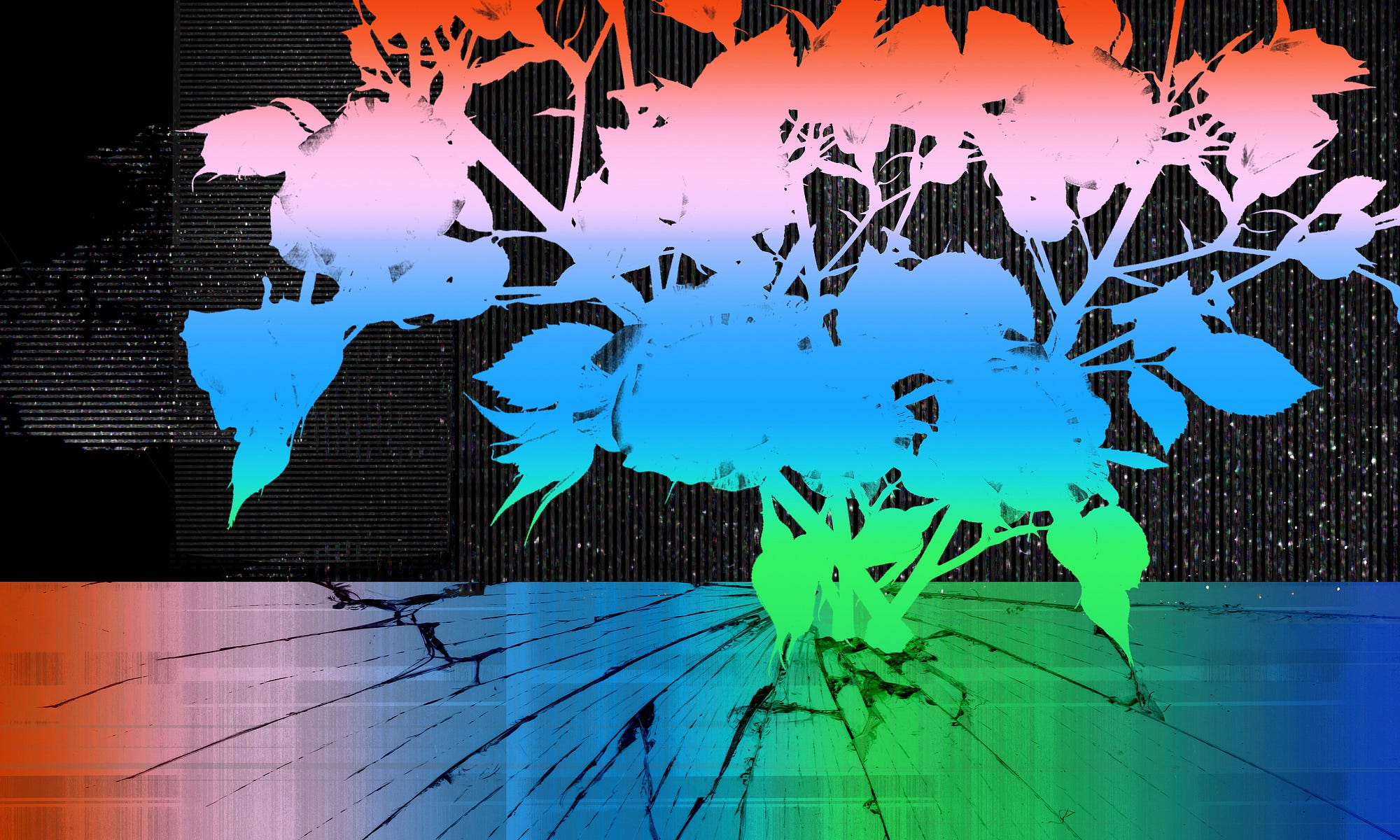
Wrestling with the Reflection
Technology and the abuse of technology have existed on the same time/space continuum. It does not take our evolved species long to start messing with a good thing. I often use technology and tools synonymously. It’s in this mental model that I’ve strived to create healthy relationships with these innovations. However, it’s precisely within this same rationale that I can miss my own personal responsibility in these relationships.
Whenever I experience an imbalance in my relationship with and to a particular technology, my first reaction is typically to blame the tool. As a designer, this fallacy is tantalizing. Let’s pick the low-hanging fruit, shall we? For example, when it comes to the detriments of social media, it is so satisfying to blame the platforms. It’s absolutely infinite scroll’s fault that I wasted an hour on Instagram. And you better believe that Youtube’s algorithms are to blame for my local news bloopers binge. And not just that. It’s even easier to abstract the people that create, design, and engineer these platforms, imagining them as maniacal monsters waiting for me to fall into their traps.
What has proven to be far more difficult for me is to soberly examine my own role in this lopsided relationship. The fact is that most of the time I’m in complete control. I can log off Instagram. I can put my phone away. This is not to say that the platforms and tools themselves don’t create the rules of engagement. However, it is up to me whether or not to participate.
Let’s say that our premise is something like, “Social media has created destructive behavioral patterns in humans.” This is a hypothesis that I assumed for a long time. I would have gladly taken up my small slingshot to stick one to the giant who probably lived somewhere in the Bay Area.
But I’ve spent a bit more time self-examining. What I’ve come to realize as the pitfall of this starting assumption is that it’s missing a few meaningful adjustments. What if we began to build upon a starting hypothesis that inverts the prior assumption. Perhaps: “Humans have created destructive behavioral patterns using social media.”
How Now Shall We Design?
The sobering reality is there’s no magical cure. We’re experiencing the effects of our digital lifestyles in real time. It can feel like the ship isn’t slowing down and the waves it crashes through are getting bigger. However, if we slow down, we can reclaim our brains and watch the storm calm.
TL;DR:
- Seek help, seriously.
- Taking a break isn’t cliche, it’s healthy.
- Talk to others, real humans.
Here are some things that have helped me:
1. Seek help
Don’t do this by yourself. If you think you need help, seek it out. If you don’t think you’re ready to seek out professional help on your own, talk to a trusted friend who could help you navigate that decision. Don’t let anxiety take the things you love most.
If you or someone you love is battling anxiety and depression, go to adaa.org to find helpful resources and to seek out professional help.
2. Take a break
Taking breaks from technology can seem almost cliche at this point. Yet it’s more than just virtue-signaling. You don’t have to make a dramatic exit, but sometimes taking a step away from the technology that exacerbates your mental health is the breath of fresh air you need. I realize that I sound like Captain Obvious, but it could be the first step you’ve been overlooking.
3. Talk to others
You are so far from being alone. I was really hesitant to share my struggle with anxiety and mental health until I realized that maybe I could help others along the way. By sharing my experiences, I was worried about being labeled crazy or unstable. However, it was through those moments of vulnerability that I realized how many others were on the same path to mental health. My struggles and diagnoses aren’t a part of my identity; they are simply aspects of my story.
A better way is possible. It will take more effort. It won’t be as efficient. It may even cost you more money. However, it could lead to a healthier society of people who aren’t preyed upon by the technology they interact with. We have a choice to pursue design either with hope or with fear. May we always choose hope. Hopeful design teaches us that there are real people in real places existing in real time behind everything we create.
May we design with purpose.


